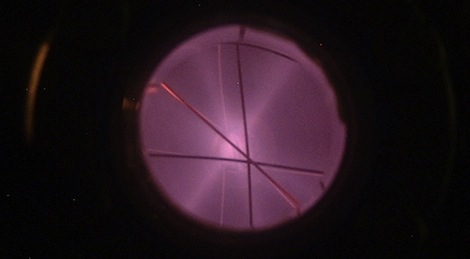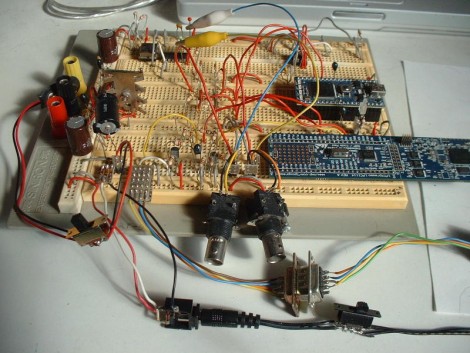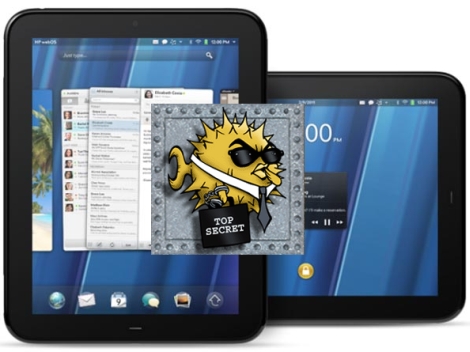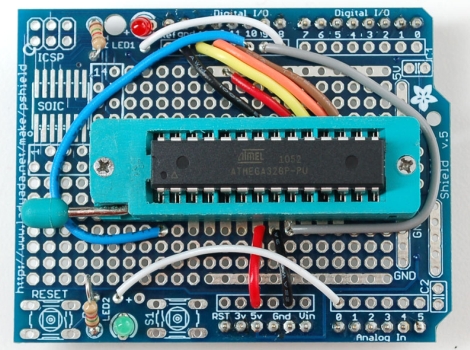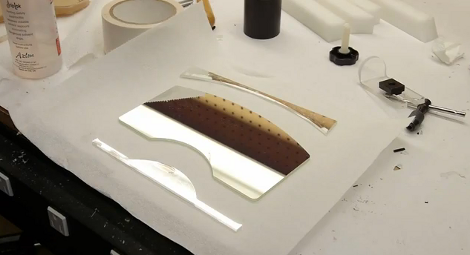

In case you missed them, here are our biggest posts from the past week.
For the weapons enthusiasts in our audience, make sure to check out our most popular post this week where [Liquider] shows a project in which an airsoft pistol was converted into a coil gun.
Our next most popular post was based around an xkcd comic where the concept of viewing clouds in 3D is explored using a pair of webcams. This post had lots of comments and also spawned a forum topic.
Next up is a post about a reward that has been place on the head of porting Android to run on a HP Touchpad. The bounty for all of the various challenges was originally $1500 but now sits at $2275!
This isn’t our normal fare since we usually don’t cover hacking that could be malicious. This post describes some of the exploits covered recently at Black Hat and Defcon.
Finishing up the pack is our own video where [Jack] shows how to build a stun glove and proves that it works by taking a jolt from it himself.


